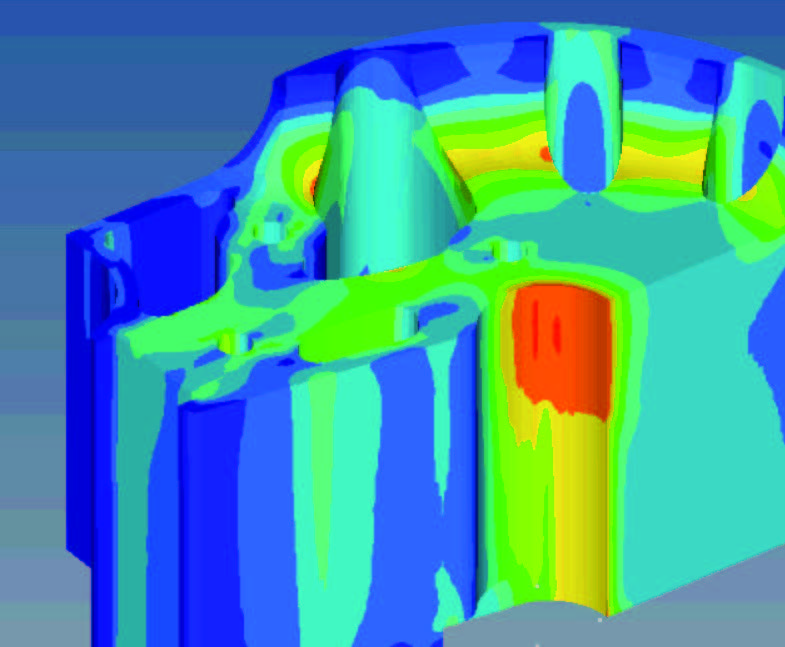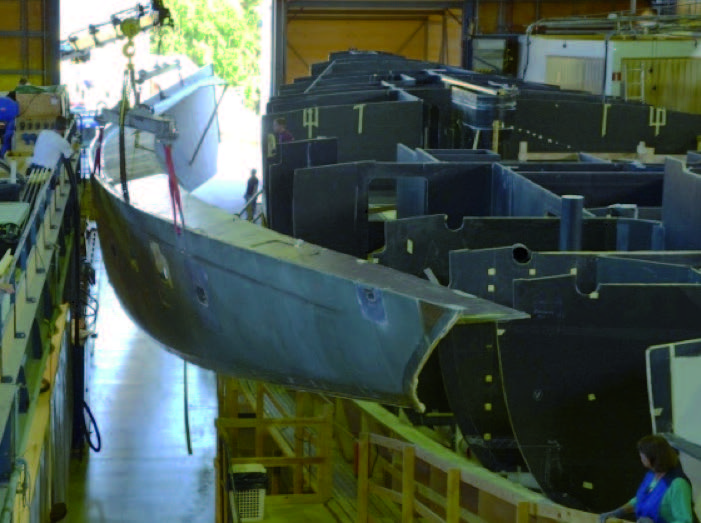Case Study
BALTIC 175
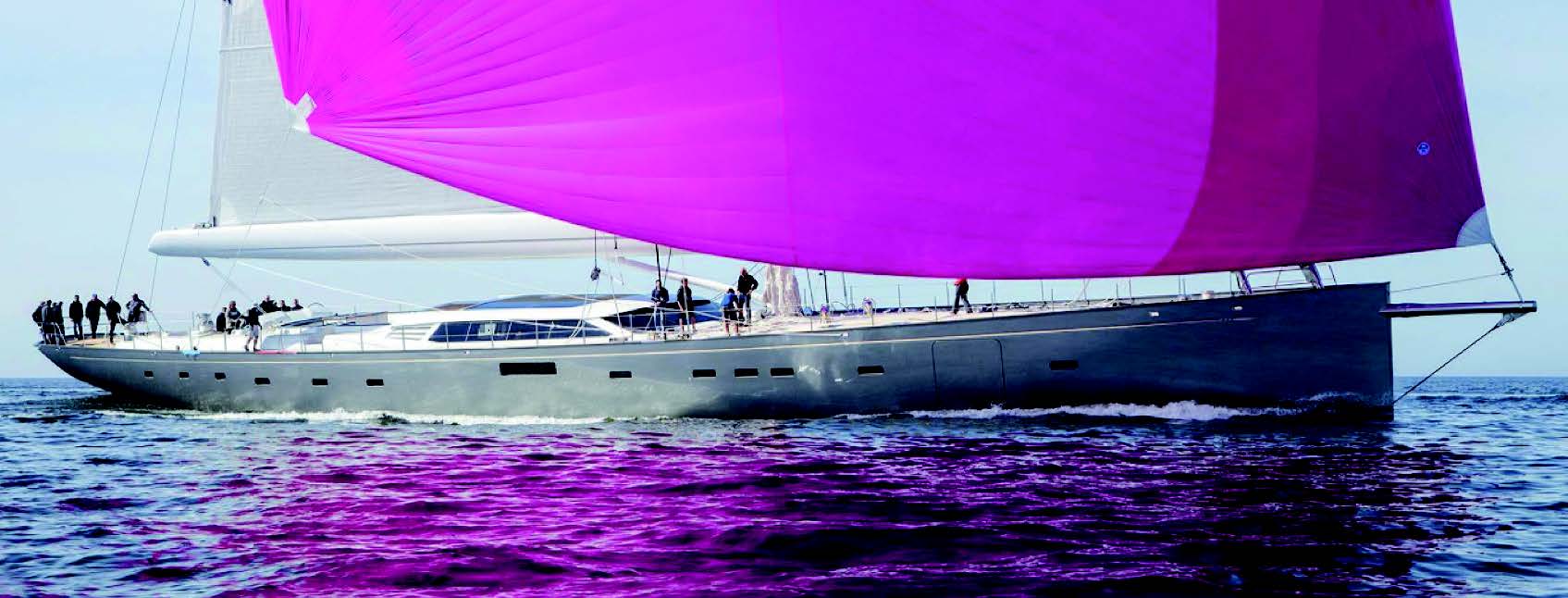
In early 2013 the structural engineering team at Gurit began the task of engineering a ground breaking vessel. The structural design of the 54 metre sloop “Pink Gin VI” was a three and a half year undertaking and continues a longstanding relationship of providing comprehensive composite engineering to one of the world’s most successful builders of superyachts, Baltic Yachts, and June 2017 has seen the launch of this spectacular yacht.
With Naval Architecture by Judel/Vrolijk this vessel stands out not only by the fact that, once launched, it will be the largest carbon fibre sloop in the world, but also due to the presence of a rather unique design feature; a pair of large balcony doors cut into the topsides; one forward, acting as a balcony to the master cabin, and one amidships serving as a tender dock and main sea entrance.
Until now such features were the preserve of the motor yacht fraternity, where global loads are of a lesser consideration. However with many designers now incorporating such megayacht features into sailing yachts it falls to the structural designers to make these dreams a reality. In fact, this will be the first time a composite sailing has incorporated balcony doors into the hull topsides.
The viability of this project was not only dependent on whether the doors could be successfully incorporated into the design, but also on the ability to gain class approval. This project would not have gone ahead had this not been possible. To this end the engineers at Gurit worked closely with Germanischer Lloyd (now DNV-GL) in the early stages of the project to agree an analysis philosophy and design concept which could evolve into an acceptable final solution.
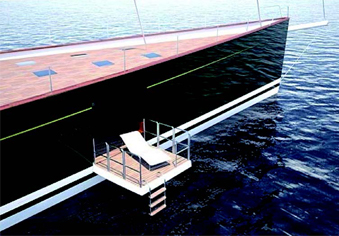
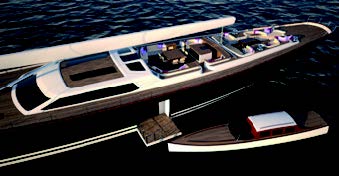
In order to achieve a high level of global stiffness, as well as achieving tight, even shut lines, the doors would have to be structural, i.e. rigidly connected to the surrounding topsides and contributing to the global strength when sailing. At the same time though the behaviour of the vessel with the doors open was also critical, since not only must the vessel retain a level of residual strength in the event of a system or hardware failure, but also the doors’ operation must not be impinged by local deformation of the door frames. With so many considerations and challenges, and with the mechanical systems becoming an integral part of the structure, Gurit not only took responsibility for the composite design but also the concept and preliminary design of the door mechanism itself, with Baltic Yachts’ in house mechanical engineering team developing the mechanism design into final fabrication drawings.
The feasibility of a number of different concepts was investigated whilst keeping in mind the following main considerations; firstly the clearance between the top of the door frame and the underside of the deck was very small, as little as 200mm, so space for mechanical devices in this area was very restricted; and secondly the number of devices should be minimised in order to limit complexity, weight, and risk of mechanical failure.
The standard approach to such a problem might be to install 8 orthogonal pins, 2 per side, that transfer the global loads in shear into the door. However this would require a hinge mechanism and 8 pins, which would be very heavy, expensive and complex. Furthermore there would not be space above the door for vertically orientated pins.
A solution was found that incorporated structural hinges at the bottom corners, and lateral pins in the upper corners, which had the effect of holding the four corners of the door and transferring the in-plane global loads in a way comparable to a diagonal truss, whilst minimising the number of moving parts. Additional locking pins were incorporated in the door sides for the purposes of watertightness but did not play a structural role and hence were allowed to be comparatively small.
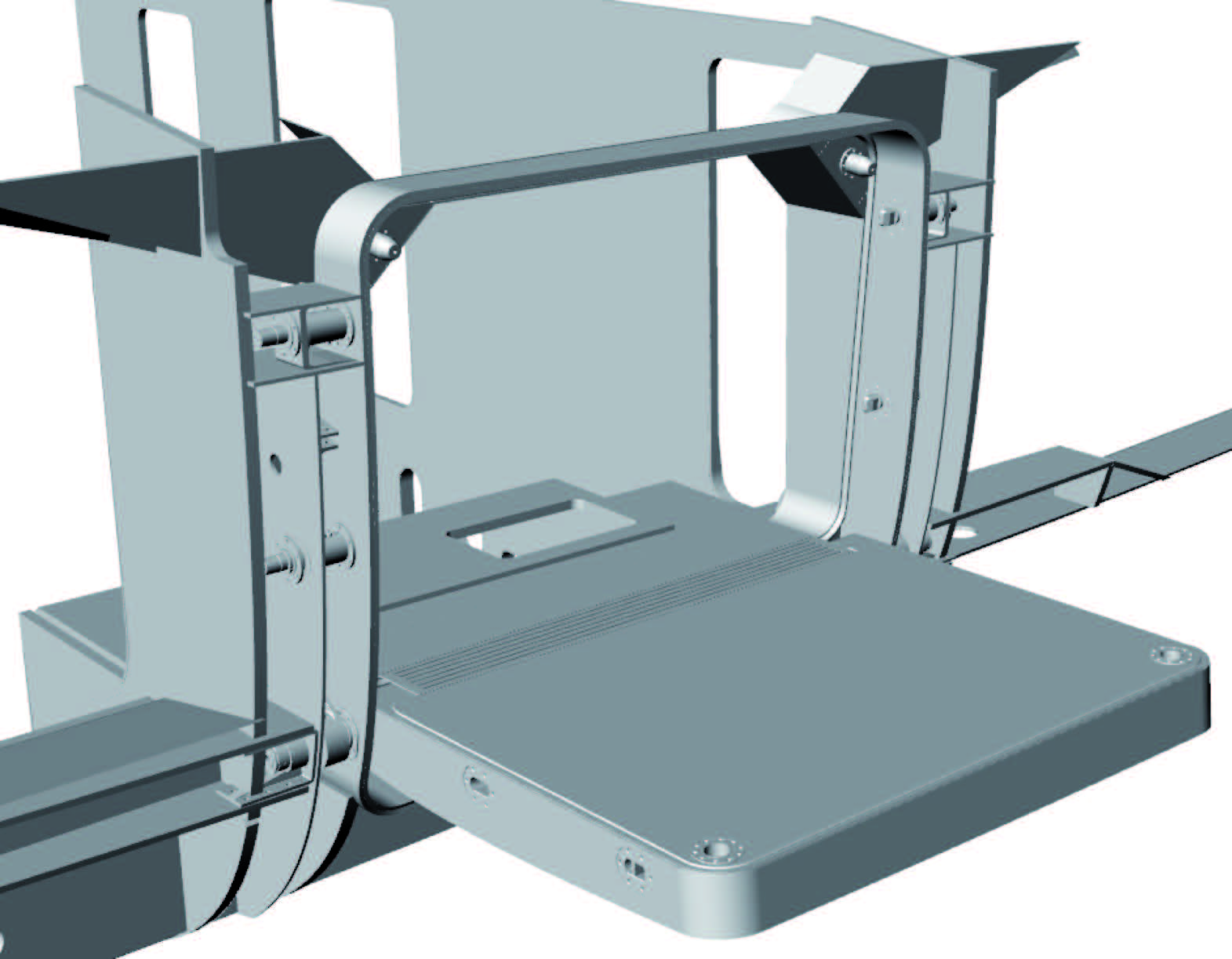
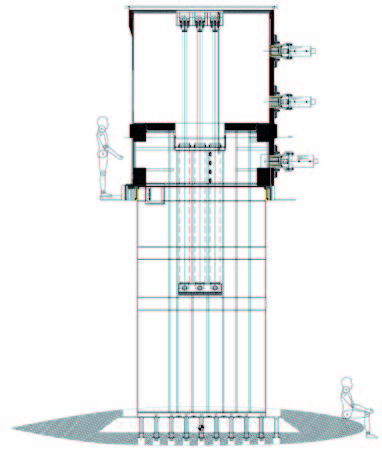
A global finite element model was created in order to evaluate the vessel deflections and laminate strains with the doors open and closed, combined with multiple loadcases to reflect sail configurations, sea states and static rigs loads. It was also used to extract the loads imparted on the door hinge and locking mechanisms to feed into the mechanical design. This model, together with various submodels, was used to help design the keel trunk, keel and mast support structure, and reinforcements surrounding openings and complex geometry, since the very large loads observed in vessels of this size may initiate failure modes that would not be commonly seen in smaller vessels.
The design and engineering of the carbon fibre trunk which houses the 71 tonne lifting keel was also undertaken within this project, which represents another significant challenge. The keel can be locked into one of 3 vertical positions allowing a range of draught of between 4.5m and 7m. The size of the keel fabrication and enormity of the loads meant that close collaboration between Gurit and keel designers (APM) was essential in order to establish a keel head and fin geometry that would load the internal surface of the composite trunk and the hull shell in a manner that could be accommodated. Once more, with such large loads being applied, it was critical that the full thickness of the keel trunk laminate was built up in such a way so as to avoid any laminate in-balance, which could see laminates failing in through-thickness shear or out-of-plane bending when loaded in tension. All of these global and local considerations were investigated using solid and shell element FE models to verify the very detailed laminate specification.
Again the scope of Gurit’s engineering for the keel trunk was not restricted to the composite parts but also included the design of a machined sacrificial Super-Duplex grounding block at the trailing edge of the fin in way of the hull. The purpose of the grounding block was to transfer the grounding loads (over 1,300 tonnes) from the keel fin into the heavily reinforced lower perimeter of the keel trunk, such that the loads can be then dissipated into the hull shell and surrounding structure. It was designed and optimised for weight saving using FEA whilst applying geometry constraints to ensure the finished geometry could be practically machined. Baltic yachts were then provided with a 3D file for machining.
The yacht is constructed predominantly in Gurit SPRINT™ and Prepreg carbon laminates on Gurit Corecell™ foam, utilising high modulus carbon unidirectional tapes for global stiffness.
Gurit also worked closely with Baltic Yachts to determine the build methodology for the boat. In order to maintain easy access to the interior during the build of the primary structure the topsides were constructed separately and joined to the hull bottom and bulkheads once the majority of the structure had been completed.
Once again, FEA techniques were employed to simulate the curing of the topsides in order to predict and minimise any deformation that might have occurred during the curing process due to the differential shrinkage of inner and outer skins, since even the slightest deformation can cause big problems for installation when your topsides are over 50 metres long.
Careful consideration to the lifting and handling of the topsides was required as well as a very detailed approach to the hull joint specification. This was in order to not only ensure that structural continuity was maintained, accounting for localised patching in way of high load areas such as in way of the hull door hinges, but also to avoid any imperfections that could effect the surface finish, thus ensuring that additional fairing of the female moulded hull was kept to an absolute minimum.
We at Gurit are incredibly proud to have been involved in this innovative project, which replaces Pink Gin V, a 152 foot yacht launched in 2006, also a Baltic Yachts/Gurit collaboration.
For more information please visit: www.www.gurit.com/Our-Business/ Composite-Engineering
